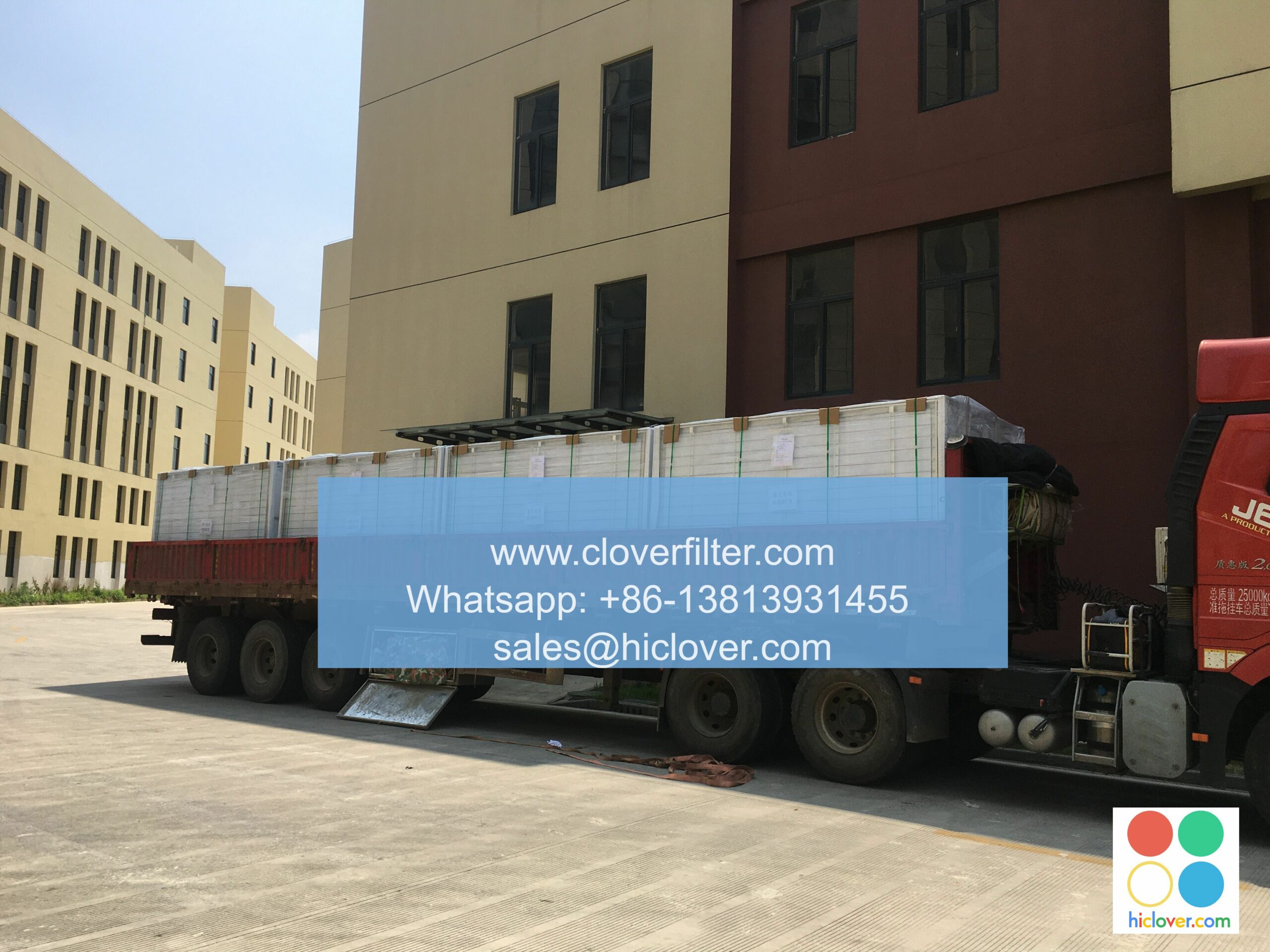From MERV to HEPA: A Guide to Air Filter Classification

As the air we breathe becomes increasingly polluted, the importance of using the right air filter in our homes, offices, and industries has never been more crucial. With so many options available, it’s easy to get lost in the world of air filter classification. In this article, we’ll break down the most popular systems, from MERV to HEPA, and explore their applications in various industries.
What is MERV? (Minimum Efficiency Reporting Value)
MERV is a widely-used standard for measuring the efficiency of air filters in filtering airborne particles. Developed by the American Society of Heating, Refrigerating, and Air-Conditioning Engineers (ASHRAE), MERV ratings range from 1 to 16, with higher numbers indicating greater efficiency.
How it works: MERV filters capture 20% to 60% of particles as small as 0.3 microns, making them suitable for general heating, ventilation, and air conditioning (HVAC) systems.
Applications:
- Residential and commercial buildings
- Industrial applications, such as manufacturing and warehousing
- HVAC systems
- Residential and commercial HVAC systems
- Industrial applications, such as manufacturing and warehousing
- Medical facilities, hospitals, and healthcare centers
- Hospital operating rooms and laboratories
- Industries requiring sterile environments, such as pharmaceuticals and biotechnology
- Medical research facilities
- High-technology industries, such as semiconductors and cleanrooms
- Particle size and type (dust, pollen, etc.)
- Airflow requirements
- Filter replacement frequency and maintenance needs
- Budget and performance expectations
What is Filtrete?
Filtrete is a proprietary air filtration system developed by 3M, which measures its filters using the MERV standard. Filtrete filters boast a range of MERV ratings, from MERV 8 to MERV 300.
How it works: Filtrete filters use a unique three-in-one design, featuring a pre-filter, a HEPA-type filter, and an activated carbon layer to capture a range of pollutants, including dust, pollen, and odors.
Applications:
What is HEPA (High Efficiency Particulate Air)?
HEPA is the most stringent standard for air filters, designed to capture 99.97% of particles as small as 0.3 microns. Developed in the 1950s, HEPA filters are commonly used in hospital operating rooms, laboratories, and industries where ultra-pure air is crucial.
How it works: HEPA filters use a unique membrane technology to capture particles, including dust, pollen, and other airborne pollutants.
Applications:
Conclusion
As we navigate the complex world of air filter classification, it’s essential to understand the differences between MERV, Filtrete, and HEPA. Whether you’re a homeowner, business owner, or facility manager, choosing the right air filter can make all the difference in maintaining optimal indoor air quality.
When selecting the right filter for your specific application, consider the following key factors:
By choosing the right air filter, you can breathe easier, work smarter, and live healthier.
I’m happy to help! It looks like you’ve taken the first step by typing “Prompt”. What would you like to talk about or have me assist you with? I can help with a wide range of topics, from answering questions, to generating ideas, to creating text based on a prompt. Let me know how I can assist you!

